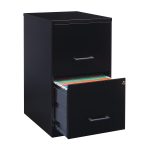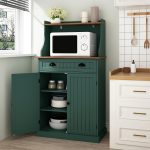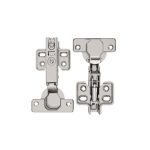Introduction: Importance of Choosing the Right Nursing Home Furniture
Selecting appropriate Nursing home furniture is a critical aspect of creating comfortable, safe, and supportive environments for residents. Nursing home furniture not only contributes to the overall aesthetic appeal of the facility but also plays a significant role in promoting resident well-being, mobility, and quality of life. In this comprehensive guide, we’ll explore key considerations and best practices for choosing nursing home furniture that meets the unique needs and preferences of residents while ensuring functionality, durability, and ease of maintenance.
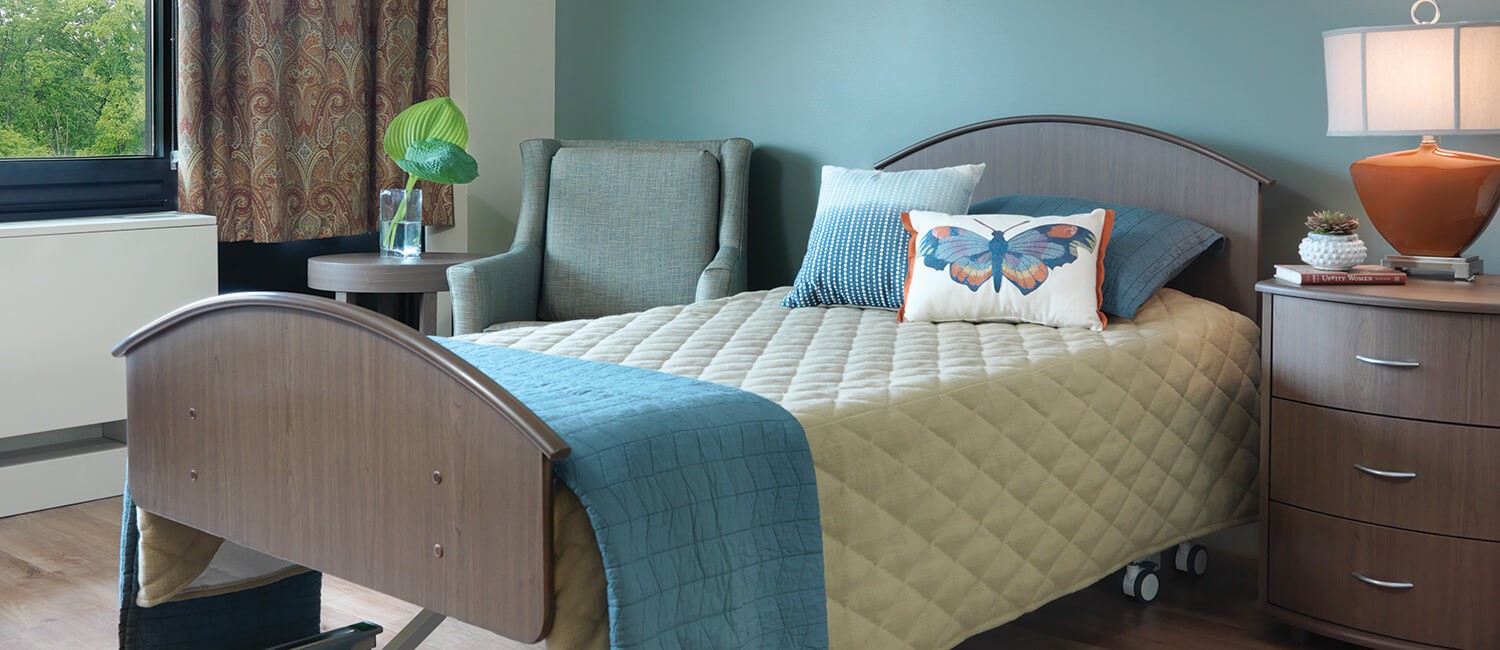
Assessing Resident Needs and Preferences
Before selecting nursing home furniture, it’s essential to assess the specific needs and preferences of residents to ensure that the furniture meets their individual requirements and enhances their overall comfort and well-being. Consider factors such as mobility limitations, accessibility needs, ergonomic support, and sensory sensitivities when choosing furniture pieces. Engage residents, family members, and caregivers in the decision-making process to gather valuable insights and feedback on furniture preferences and priorities. By understanding the unique needs and preferences of residents, you can select furniture that promotes independence, dignity, and autonomy while fostering a sense of belonging and security.
Prioritizing Comfort and Safety
Comfort and safety are paramount when choosing nursing home furniture, as residents spend a significant amount of time seated or lying down. Select furniture pieces that provide adequate support, cushioning, and ergonomic design to minimize discomfort, pressure points, and the risk of musculoskeletal issues. Look for features such as adjustable height, reclining mechanisms, padded armrests, and lumbar support to accommodate varying comfort preferences and mobility levels. Additionally, prioritize safety features such as non-slip surfaces, sturdy construction, and rounded edges to reduce the risk of falls, injuries, and accidents, especially for residents with mobility impairments or cognitive deficits.
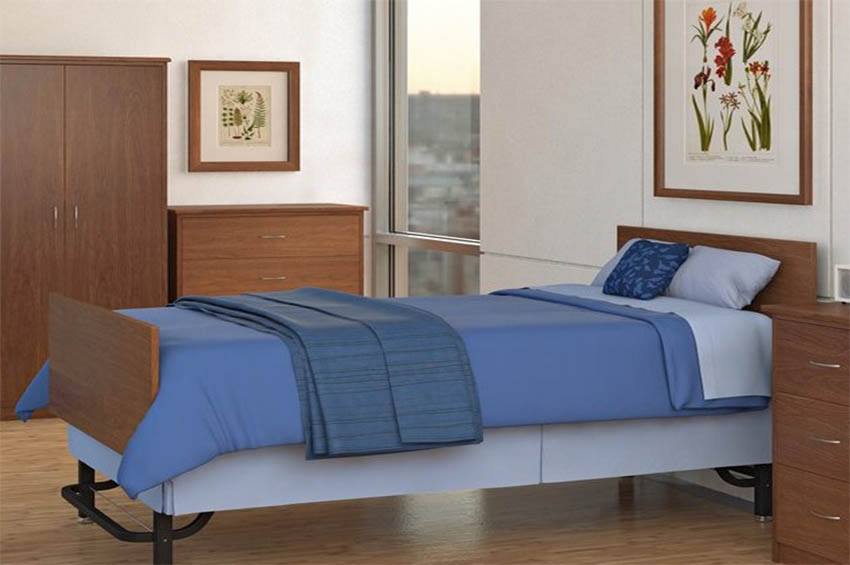
Considering Functional and Practical Requirements
Functionality and practicality are key considerations when choosing nursing home furniture, as it should be designed to meet the diverse needs of residents and staff while facilitating ease of use, maintenance, and cleaning. Opt for furniture pieces that are lightweight and easy to move for staff convenience and resident mobility. Choose durable materials and finishes that withstand frequent use, cleaning, and disinfection without compromising integrity or appearance. Consider furniture with built-in storage solutions, such as drawers, shelves, and compartments, to maximize space efficiency and organization in resident rooms and common areas.
Incorporating Age-Appropriate and Accessible Design
Age-appropriate and accessible design principles should guide the selection of nursing home furniture to accommodate the physical, sensory, and cognitive changes associated with aging and disabilities. Choose furniture with intuitive controls, clear signage, and contrasting colors to aid residents with vision impairments or cognitive decline. Opt for seating with raised armrests and firm cushions to facilitate safe and comfortable transfers for residents with mobility challenges. Ensure that furniture layouts and arrangements allow for unobstructed pathways, adequate maneuvering space, and barrier-free access throughout the facility, including resident rooms, dining areas, and recreational spaces.
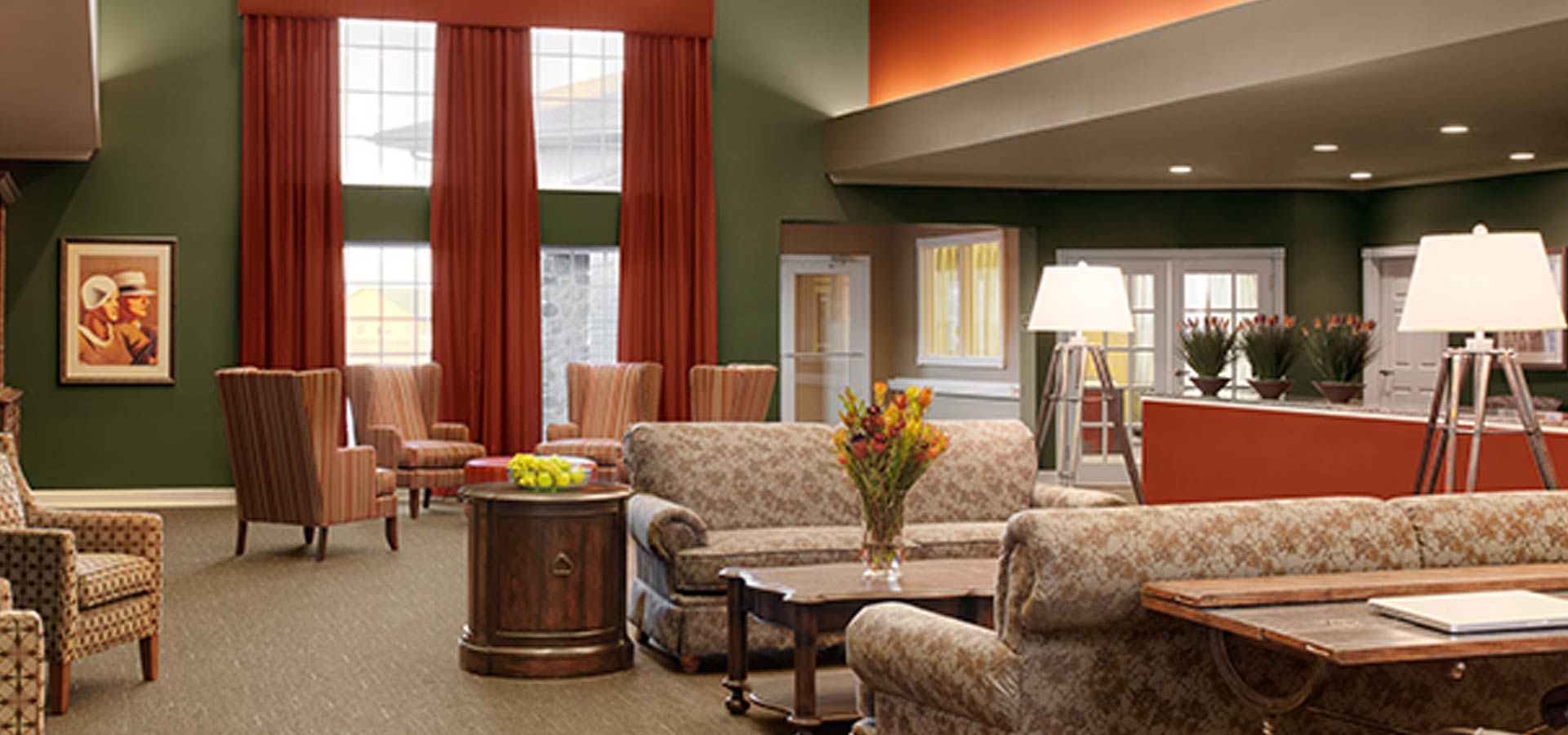
Creating Home-like Environments and Personalized Spaces
Creating home-like environments and personalized spaces is essential for promoting resident well-being, autonomy, and social engagement in nursing homes. Select furniture pieces that evoke warmth, comfort, and familiarity, such as upholstered armchairs, bedside tables, and decorative accessories. Incorporate elements of residential design, such as soft lighting, artwork, and personalized décor, to create inviting and personalized spaces that feel like home. Consider flexible furniture arrangements that allow residents to customize their living spaces and express their individual tastes and preferences, fostering a sense of ownership and belonging in the nursing home environment.
Engaging Stakeholders and Seeking Expert Advice
When choosing nursing home furniture, it’s beneficial to engage stakeholders, including residents, family members, caregivers, and facility staff, in the decision-making process to ensure that their needs and perspectives are considered. Seek input from healthcare professionals, interior designers, and furniture specialists with expertise in aging-in-place design and healthcare environments to gain valuable insights and recommendations. Collaborate with reputable furniture manufacturers and suppliers who specialize in nursing home furniture and have a proven track record of delivering quality products and responsive customer service.

Planning for Flexibility and Future Adaptability
Nursing home furniture should be selected with flexibility and future adaptability in mind to accommodate changing resident needs, facility requirements, and regulatory standards over time. Choose modular furniture systems and interchangeable components that can be easily reconfigured, expanded, or modified to meet evolving needs and spatial constraints. Invest in furniture pieces with universal design features that address a broad range of abilities and preferences, allowing for seamless integration and adaptation within the facility environment. Regularly assess and update the furniture inventory to ensure that it remains relevant, functional, and conducive to resident comfort and well-being.
Emphasizing Durability and Maintenance
In nursing home environments, where furniture experiences frequent use and may be subject to spills, accidents, and wear and tear, durability and ease of maintenance are paramount considerations. Opt for furniture constructed from high-quality materials such as hardwoods, metal frames, and commercial-grade fabrics that can withstand heavy use and cleaning without sacrificing integrity or aesthetics. Choose furniture with removable, washable, or stain-resistant upholstery to facilitate routine cleaning and disinfection protocols, promoting a hygienic and sanitary environment for residents and staff. Additionally, consider furniture with replaceable or repairable components to extend its lifespan and minimize the need for costly replacements over time. By prioritizing durability and maintenance in furniture selection, nursing homes can ensure long-term performance and value while maintaining a safe and comfortable living environment for residents.

Conclusion: Enhancing Resident Comfort and Quality of Life Through Thoughtful Furniture Selection
In conclusion, choosing nursing home furniture requires careful consideration of resident needs, safety requirements, functional considerations, and design preferences to create supportive, comfortable, and personalized environments. By prioritizing comfort and safety, considering functional and practical requirements, incorporating age-appropriate and accessible design principles, creating home-like environments, engaging stakeholders, seeking expert advice, and planning for flexibility and future adaptability, nursing homes can enhance resident comfort and quality of life through thoughtful furniture selection. With a holistic approach and collaborative effort, nursing home environments can be transformed into nurturing and empowering spaces that promote well-being, dignity, and independence for residents of all ages and abilities.



